With their billions of stars, why don’t these giant structures light up the entirety of space?
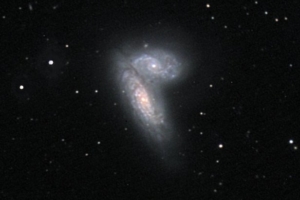 Deep Space
Deep Space

 Deep Space
Deep Space
With their billions of stars, why don’t these giant structures light up the entirety of space?
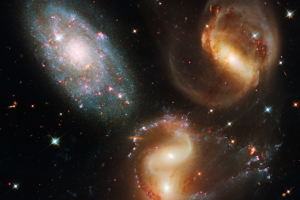 Deep Space
Deep Space
We define the meaning between these two descriptions of space
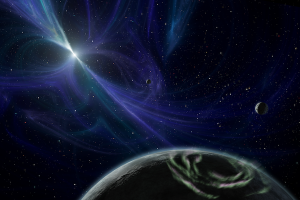 Deep Space
Deep Space
We take a look at the answer to this intriguing question
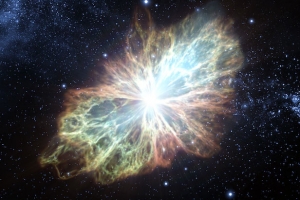 Deep Space
Deep Space
One supernova explosion is enough to pack a punch, but can two go off at the same time?
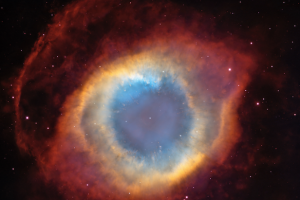 Deep Space
Deep Space
We find out if these beautiful structures are made by the titanic explosion of massive stars
 Space Exploration
Space Exploration
We have the answer to this intriguing question
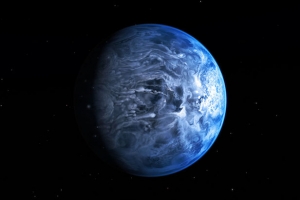 Deep Space
Deep Space
We’re able to detect them but is it possible to figure out the colours of the distant worlds we find?
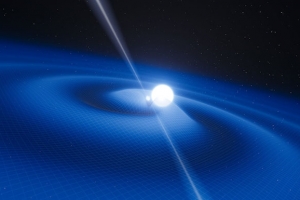 Deep Space
Deep Space
Read on to find out how these beacons of electromagnetic radiation act like GPS satellites
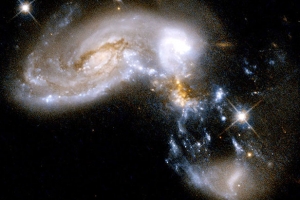 Deep Space
Deep Space
A full on smashup or a near miss? We find out what happens to planets when their galaxies collide
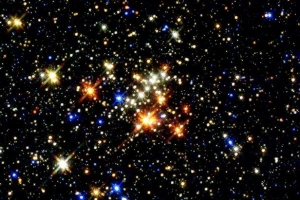 Deep Space
Deep Space
We find out what that magic amount is to keep a star alive
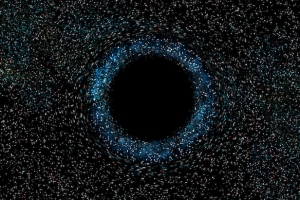 Deep Space
Deep Space
Could black holes be a factory for unusual material at their hearts?
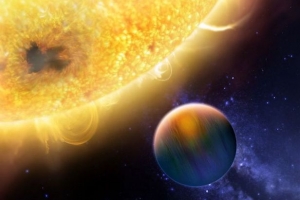 Deep Space
Deep Space
Could these worlds be the extreme cousins of gas giant Jupiter?
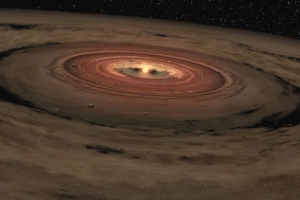 Deep Space
Deep Space
Often found around a star or black hole, we find out what an accretion disc is
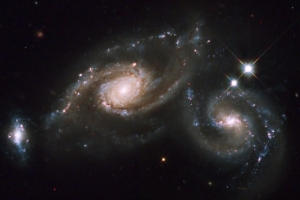 Deep Space
Deep Space
Do things crash together or is it more serene?
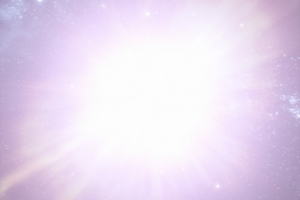 Deep Space
Deep Space
Are these catastrophic explosions really as loud as they look?
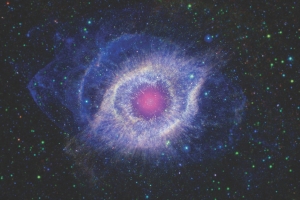 Astronomy
Astronomy
What causes the vivid colours in deep space photography?
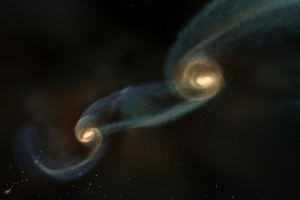 Deep Space
Deep Space
What happens when an unstoppable force meets another unstoppable force…
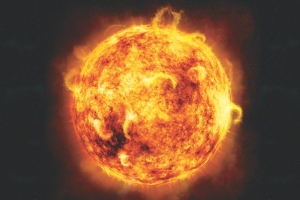 Astronomy
Astronomy
O, B, A, F and so on… What do they all mean?
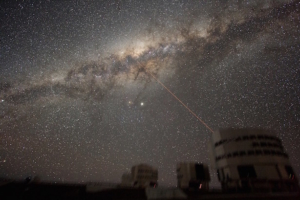 Deep Space
Deep Space
“It’s not the kind of thing you’d want to spread on a slice of toast!”
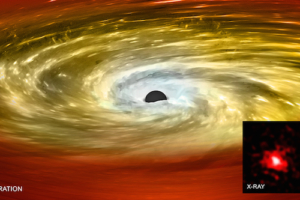 Deep Space
Deep Space
The new study was conducted using NASA’s Chandra X-ray Observatory